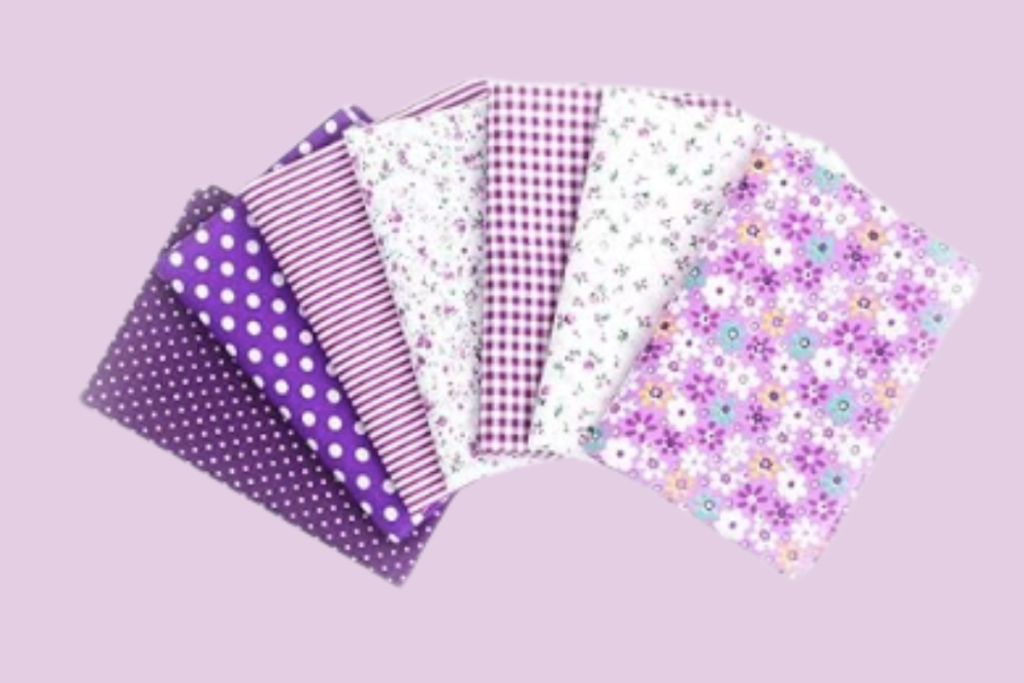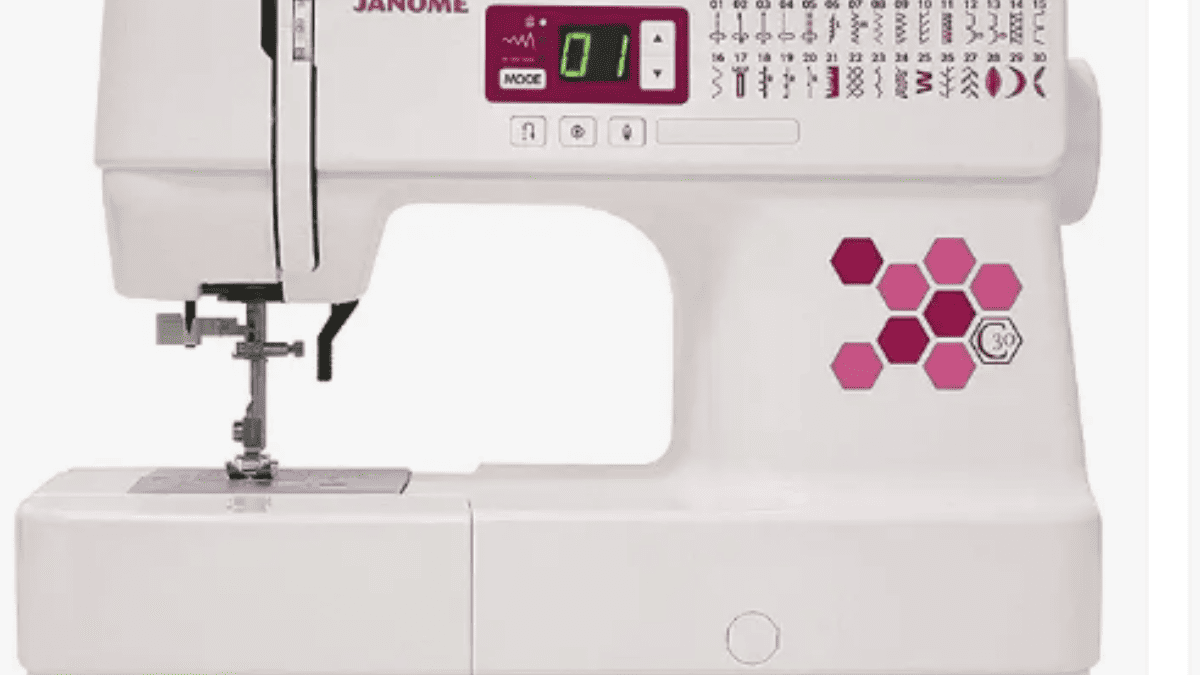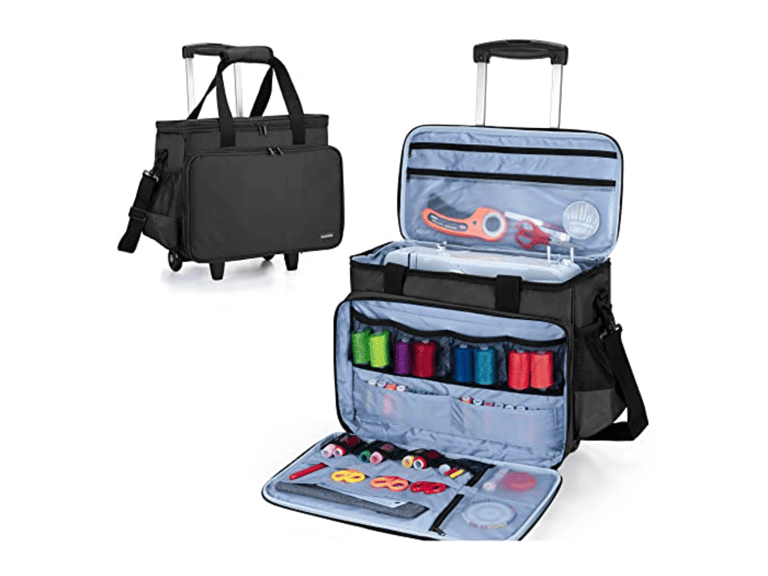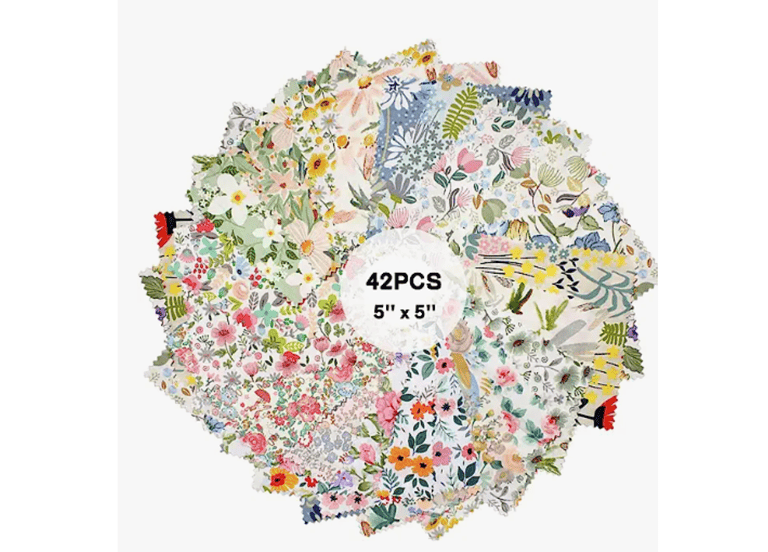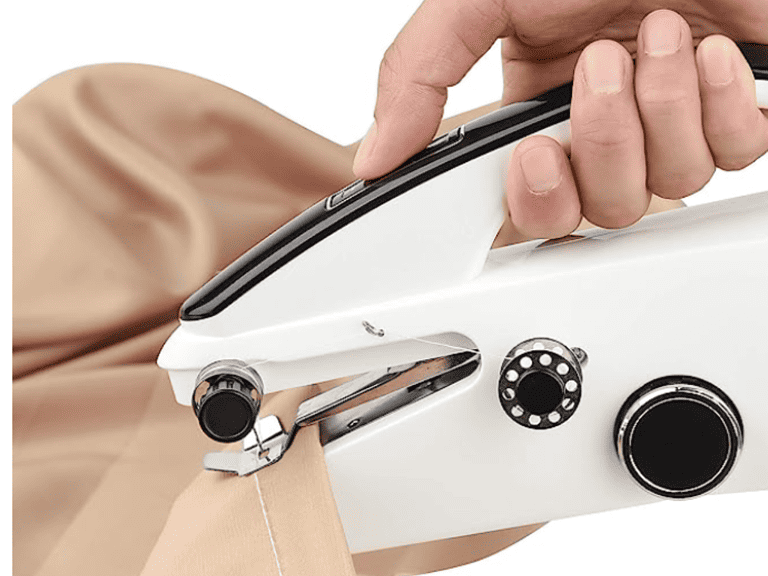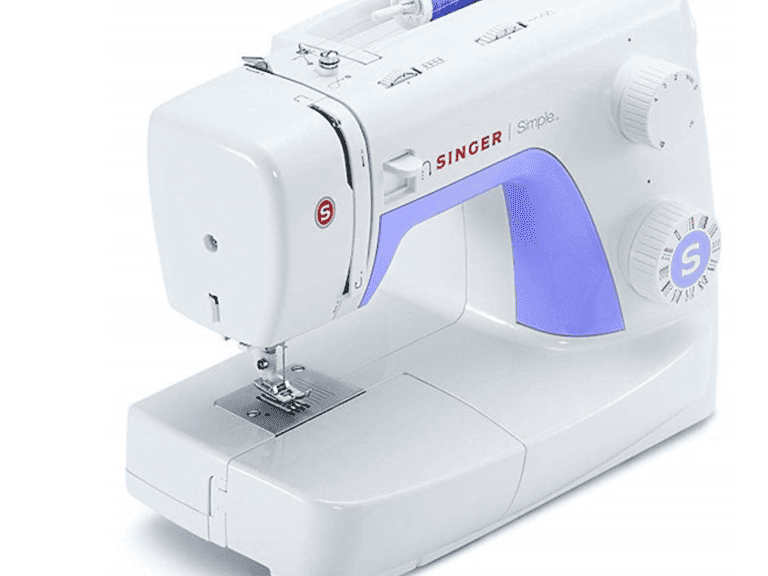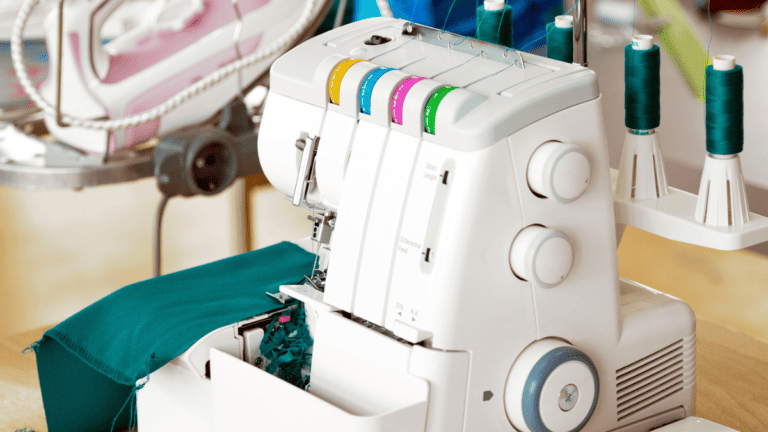Best Sewing Machines+Reviews 2024: Find Your Next Machine
Sewing machines have come a long way since their invention in the 18th century, evolving from simple hand-cranked apparatuses to the sophisticated computerized devices you see today.
Today we are diving into Sewing Machines+reviews to help you make the best possible decision.
Whether you’re a beginner looking to embark on your first sewing project or a seasoned crafter in search of an upgrade, the vast array of machines available can be overwhelming.
Your perfect sewing companion is out there, and knowing what to look for can make all the difference.
When it comes to picking a sewing machine, it’s not just about the brand or the price tag. It’s about the features, the ease of use, and how well it aligns with your sewing goals.
Do you need a machine with a multitude of stitches, or are you after something that simply gets the basics right?
Maybe you’re dreaming of a machine that can handle heavy fabrics, or perhaps you want one that’s lightweight and portable.
Whatever your needs, reviews can help you weigh the pros against the cons.Reading through reviews before making a purchase can save you time and money.
They give you insight from people who have used the machine and highlight both its strengths and its flaws.
With the wealth of information available, you can make an informed decision on which sewing machine fits your needs and budget. Packaged with wisdom from numerous sewing enthusiasts, reviews can be just the nudge you need to find your ideal match.
Sewing Machines+Reviews
We have taken the time to ask our amazing community their favorite things about the sewing machines they use. We have done a review for all the most seen sewing machines currently on the market to help you make a great decision. If you are thinking of a particular machine, head over and check out the review and see if that is the best machine for you:

Whew that is alot of sewing machines BUT we also know if you go into a Facebook group and ask which one to buy you will get a million different answers.
When you’re on the hunt for the best sewing machine, it’s key to consider your skill level and what you plan to sew. If you’re a beginner, look for simple mechanical models that are user-friendly. They often have all the essential features without being overwhelming.
For those planning to tackle a range of materials, including thick fabrics, a heavy-duty sewing machine might be your top pick. It stands up well to frequent use and can handle the stress of denser materials.
Computerized sewing machines, on the other hand, offer a wider array of features and stitch patterns.
They’re a great machine choice if you’re looking for versatility and ease of use. These computerized models often include touchscreens and can save custom stitch sequences, making them good for advanced or ambitious projects.
Here is a quick reference:
- Beginner: Opt for mechanical machines with basic stitches.
- Heavy Fabric Projects: Go for robust heavy-duty sewing machines.
- Advanced Sewing: Choose a computerized machine with programmable features.
When selecting the right sewing machine, consider the following:
| Feature | Mechanical | Computerized |
|---|---|---|
| Stitch Options | Limited but sufficient | Extensive & customizable |
| Ease of Use | Straightforward | User-friendly with more automation |
| Price | Usually more affordable | Can be expensive |
| Durability | Good | Varies by model |
| Best For | Beginners & basics | Complex projects & frequent use |
Remember, the goal is to find a good sewing machine that fits your personal sewing needs, so take your time to explore what’s out there. Happy sewing!
Features and Advancements
When you’re eyeing the latest sewing machines, knowing about their stitch capabilities and tech innovations can make picking the right one simpler for you.
Stitch Variety and Quality
Your machine’s stitch options can turn a simple project into a masterpiece. Nowadays, built-in stitches often number in the hundreds, with models boasting anywhere from 50 to over 200.
You get a range of decorative stitches for embellishment and quilting stitches for your cozy blanket projects. Most importantly, the stitch quality has seen a leap in precision – that means straighter seams and stronger hems.
- Stitch Options: Multi-purpose machines now include a spectrum of stitches for every need:
- Straight
- Zigzag
- Blind hem
- Buttonhole
- Stitch Patterns: You’ll find an array of complex patterns, from florals to geometric shapes, adding flair to any fabric with the press of a button.
Innovative Technology
Your sewing is about to get a whole lot easier. Say hello to the automatic needle threader – the tiny miracle for those who struggle with threading.
Combine it with an automatic thread cutter, and your sewing becomes smoother, keeping frustration at bay.
- LCD Screen/Digital Display: These are now your command center – customize stitch length, width, and style with a touch.
| Feature | Benefit |
|---|---|
| Automatic Needle Threader | Saves time and eases eye strain |
| Automatic Thread Cutter | Speeds up your sewing process |
| Digital Display | Easy stitch selection and editing |
Each new gadget on your sewing machine is there to up your game. Whether you’re sewing a simple pillowcase or diving into intricate quilt patterns, these features have your back.
Machine Usability
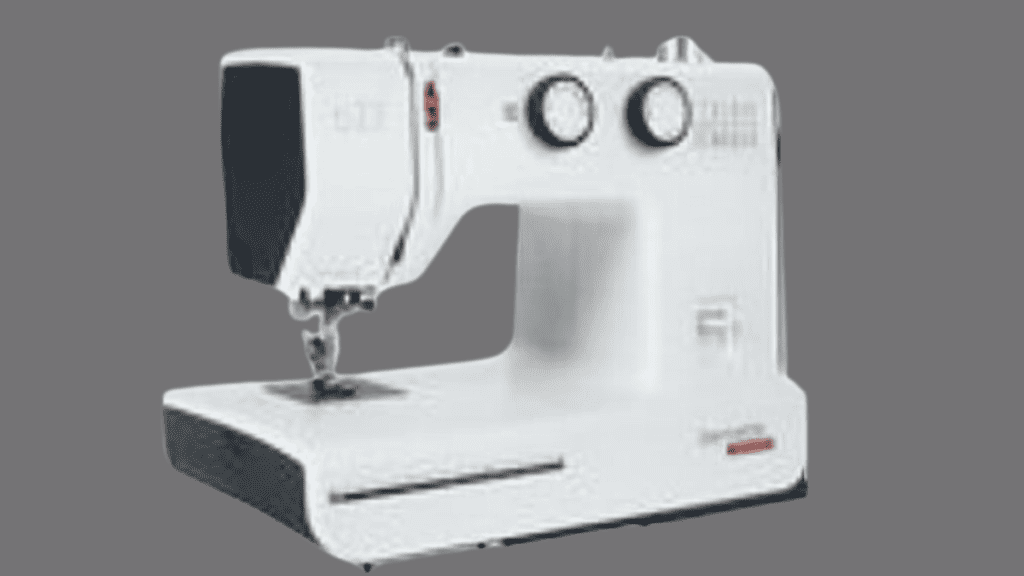
When you pick up a sewing machine, you want one that won’t leave you tangled in a mess of thread and frustration.
Let’s dive into how easy it is to get to grips with your machine and the difference between manual and computerized models.
Ease of Learning
Getting the hang of a new sewing machine should be straightforward, even if you’re a beginner sewist. Look for models with clear instruction manuals and intuitive design elements. Factor in:
- Sewing experience: If you’re new to the craft, opt for machines known for simplicity and good onboarding.
- Instruction manual: A well-written, easy-to-follow manual can make your learning curve less steep. Also see if there are YouTube videos to help guide you in basic instructions.
- User manual accessibility: Some machines come with digital manuals that can be handy and easy to search through.
A machine that’s a breeze to thread, with a simple presser foot attachment, is a dream for those new to sewing.
Manual Versus Computerized
Choosing between manual and computerized models is a big decision, and it comes down to what feels comfortable and matches your sewing style.
- Manual Machines:
- Pros: You get full control with a foot pedal and dials, perfect if you’re all about that hands-on experience.
- Cons: Might be daunting if you’re not used to managing tension and stitch length without help.
- Computerized Machines:
- Pros: They often sport touchscreens and preset functions, making stitch selection and adjustments as easy as a few taps.
- Cons: More features might mean a steeper learning curve, but they’re gold for those willing to invest the time.
Your skill level will dictate which type you’ll mesh with better. Beginners might prefer the manual simplicity, while those with more sewing experience may lean towards the advanced features of computerized machines.
Machine Types and Models

When you’re diving into the world of sewing, the machine you choose can make all the difference. Here’s a quick rundown on various types and models tailored to your specific sewing needs.
Workhorse Machines for Large Projects
For your larger projects, you’ll want a machine that can handle the workload without a hiccup.
The Brother XR series is known for its durability and ease of use. It’s a solid pick if you’re planning to tackle large quilts or extensive sewing tasks.
On a similar note, the Singer Heavy Duty lineup, with its powerful motor and high sewing speed, stands ready to plow through thick fabrics and multiple layers.
Compact and Portable Options
If you’ve got limited space or love sewing on the go, a compact and portable sewing machine is your best buddy.
The Brother CS series is well-regarded for its lightweight design and user-friendliness, a hit for beginners and travelers alike.
Then, there’s the Janome HD series – compact yet packed with features for a wide range of sewing tasks, and it’s sturdy enough for regular use.
Specialized Machines for Embroidery and Quilting

Embroidery and quilting enthusiasts look no further. An embroidery machine like the Brother HC allows intricate stitch patterns and customization for your designs. It’s perfect for personalizing gifts or adding a touch of elegance to your projects.
Meanwhile, a dedicated quilting machine is indispensable for quilting projects, especially with larger quilts.
The Baby Lock Zest Sewing Machine is an excellent option for quilters of all levels, giving you the precision and control needed for those detailed quilting jobs.
Additional Functionalities
When you’re eyeing your next sewing machine, it’s the extra bells and whistles that can really make your sewing life a breeze. Let’s get into what modern machines offer in terms of nifty features.
The Convenience of Automations
Speed Control: Imagine having a cruise control for your sewing. That’s exactly what you get with speed control.
It allows you to set the pace of your stitching without constantly pressing down on the pedal. Pretty handy for those detailed projects, right?
Straight Stitch: A sewing machine that can nail the straight stitch with precision is a game-changer. And with some machines, you can adjust the needle position — this gives you the edge for accurate seams and topstitches.
Thread Tension: Ever had loops under your fabric? Say goodbye to that headache. Automatic thread tension adjusts the tightness of your thread to suit your fabric and stitch type. It’s like having an expert sitting right beside you.
- Special Features:We’re talking about the cool stuff that makes sewing look like magic.
- Memory Function: Repeat your favorite stitches without the fuss. Just save them in the machine’s memory.
- One-Step Buttonhole: No more four-step guesswork; a one-step buttonhole does it in a jiffy.
Advanced Features: Ready for the next level? You’ll find machines with:
- A start/stop button that keeps you sewing even without a foot pedal.
- A needle up/down feature that gives you control over the needle’s stopping position.
Extra Features: It’s the little things that count, like an automatic needle threader or a top load bobbin that’s easier to set up. These understated additions can save you time and frustration.
Attachments and Accessories
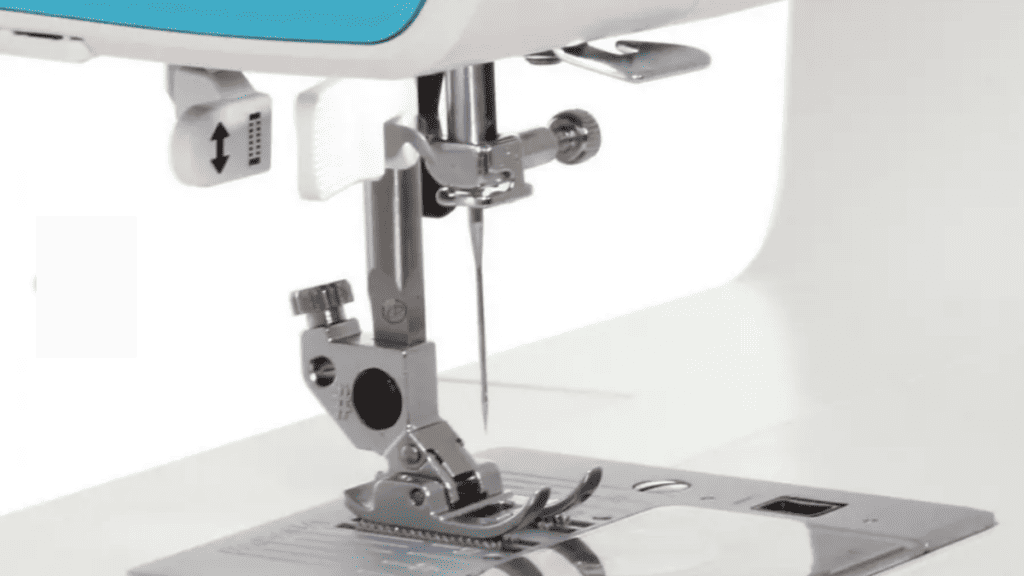
When you dive into the world of sewing machines, you’ll notice that the right attachments and accessories can take your sewing from basic to brilliant. Let’s check out what’s out there to make your sewing smoother and more versatile.
Feet and Pedals
- Walking Foot: Handy for quilting or layers of fabric, a walking foot feeds the workpiece evenly so you get no fabric shifting. A must-have for precision work!
- Zipper Foot: Nailing zippers could be a challenge, but not with a zipper foot. It allows your machine to stitch close to the edges without a hitch.
- Presser Feet: Loads of options here. From a blind hem foot for invisible hems to the buttonhole foot for, well, buttonholes, you’re covered for any stitch style.
Extra Bobbins: Don’t underestimate these! Keeping extra bobbins pre-wound with different thread colors speeds up swapping during multi-color projects.
Stitching Tables and Storage
- Extension Table: You’ve got the space? Great! An extension table gives you more flat space, perfect for bigger projects like curtains or quilts.
- Storage Compartments: Some machines feature built-in storage, a great spot to stash your seam ripper and spare drop-in bobbins.
- Free Arm: This isn’t just another limb. When you detach the storage compartment, the free arm helps you with tight spots like sleeves and pant hems.
Built to Last
When it comes to sewing machines, durability is a top consideration. You want your investment to stand the test of time, handle a variety of materials, and not break down when you’re in the middle of a big project.
Construction and Durability
The heart of a sewing machine that’s built to last lies in its construction. If you’re eyeing a new machine, look for one with a metal frame.
This foundation is sturdier than plastic, which means it’s better equipped to handle the rigor of extensive sewing, especially if you’re tackling heavier fabrics.
Industrial machines are in a league of their own. Made for continuous, long-term use, they often feature more metal parts and less plastic, making them a smart choice if you’re starting a business or frequently work on large projects that demand endurance.
When considering a heavy-duty sewing machine, it’s not just the outer construction but also the internal gears that matter. These machines typically offer more metal parts internally, translating to fewer trips to the repair shop for you.
If you’re on your second machine or looking to upgrade, delve into reviews about the particular model’s longevity. How often do users need replacement parts?
It’s a good sign if a second machine from a reputable brand is still going strong after years of service.
Key Features to Look for:
- Metal frame and external construction
- Metal gears and internal components
- Availability of replacement parts
- Positive user reviews on durabilityBy paying close attention to these specifics, you can select a sewing machine that won’t let you down when you need it most.
User Opinions and Reviews
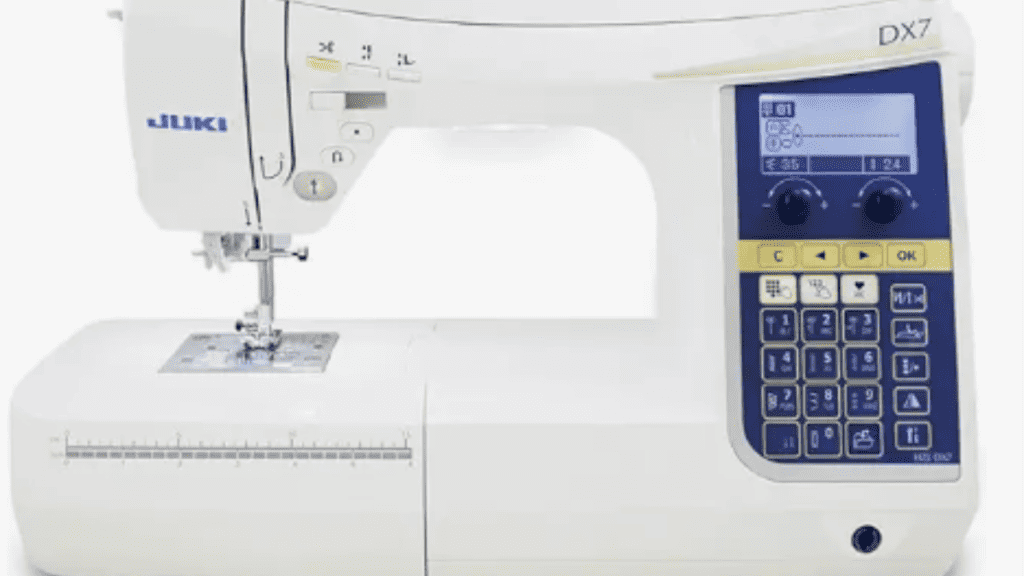
When you’re scouring through sewing machine reviews, you’ll notice that different sewing machines cater to various sewing projects. Let’s break down what fellow sewers have to say.
Price Tag vs. Quality:
- Good machines often come with a heftier price tag.
- A great deal doesn’t always mean cheap. It’s about the quality you get for the price.
For General Use:
- You don’t need tons of fancy stitches for everyday tasks. Look for durability and ease of use.
- Users often suggest that a reasonable price often aligns with machines meant for general use.
Sewing for a Long Time:
- If you’re in it for the long haul, invest in a machine with key features that cater to growth in your craft.
| Price Point | Good Option | Great Option |
|---|---|---|
| $ | Basic models | Advanced models |
| $$ | Mid-range | High-end |
Great Choice for Beginners:
- Beginners rave about simple machines that are a breeze to navigate.
- For your first plunge into sewing, keep an eye out for a great choice without an intimidating array of options.
Overall Satisfaction:
Users commonly mention that the best machine is the one that fits seamlessly into your sewing life.
Whether you’re a newbie or decades into the game, find a machine that feels like a good option for you—not just because it’s flashy or on sale. Your perfect match should feel just right, like a familiar tool in your hand, ready to bring your creations to life.
Considerations Before Purchase
When you’re in the market for a sewing machine, the balance between cost and capabilities is crucial. Here’s how you can land a deal that doesn’t compromise on quality.
Price Versus Performance
When you’re scouting for a sewing machine, your budget often dictates the kind of features you can afford. Expect to find a wide price range starting from basic models priced as low as under $100 to advanced machines that can shoot up to a few thousand dollars.
- $<100 – $200: Suitable for beginners; basic stitching functions.
- $200 – $500: Some advanced features; well-suited for experienced sewers.
- $500+: High-end models with special features for advanced sewers.
Beautiful machines with the ability to perform at a maximum speed are often found at higher price points.
Eleanor Lofte, known for pinpointing excellent crafts tools, suggests that newer models in the mid-range can serve as a great second machine.
Remember, you want the best performance that your budget allows, but keep an eye out for …
- Great features: Auto-threading, buttonholes, various stitches.
- Value: Machines offering a balance of necessary features within your budget range.
Warranty and Support
Your sewing machine is an investment, and like any good investment, it should come with protection. A comprehensive warranty can offer peace of mind.
- Standard Warranty: Typically covers 1-2 years, good for newer models.
- Extended Warranty: Offers longer support, sometimes worth it for advanced-sewer machines with intricate components.
Also, check the manufacturer’s customer service reputation. You want a brand that’s responsive and supportive.
- On-Call Support: Access to experts can be a game-changer for troubleshooting.
- Replacement Parts Availability: Necessary to ensure your machine stays in top working condition.
Remember, a warranty isn’t just a safety net; it’s a sign that the company stands by its product. Always read the fine print to know what’s covered.
Machine Maintenance and Care
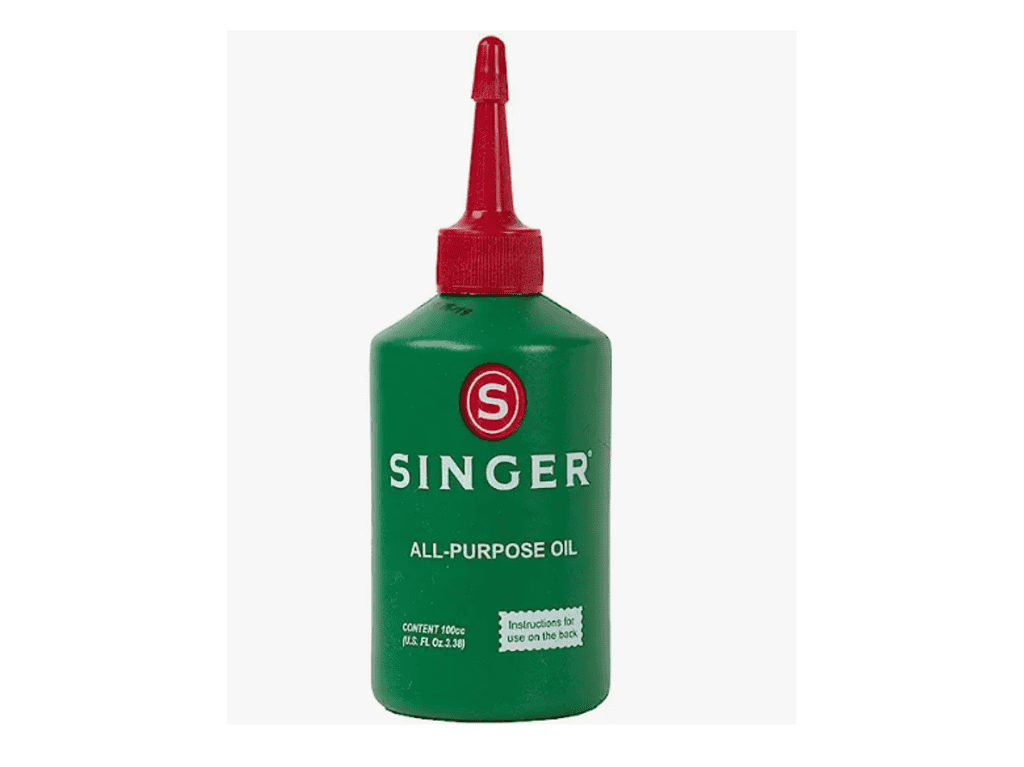
Regular maintenance of your sewing machine is key to keeping it running smoothly, especially when you’re working your magic on free motion quilting or crafting intricate designs at slower speeds.
Cleanliness is a Must: Always start with a dust-free, lint-free machine. Every few projects, take a moment to dust off the exposed areas. A gentle brush or a blast of compressed air on the bobbin winder and feed dogs will work wonders.
Lubricate Wisely: Apply sewing machine oil sparingly to moving parts. If you’re unsure where to oil, check your manual or ask team members in sewing forums for advice. Remember, a little goes a long way.
Needle Know-How: Change your needles regularly. A dull needle can ruin your fabric and strain your machine, especially when operating at slower speeds.
Bobbin Basics:
- Keep ’em Clean: Clean bobbin cases prevent snags and ensure smooth stitching.
- Wind Wisely: Bobs should be wound evenly. A bobbin winder that’s not functioning properly can cause tension issues.
Tension Tips: If your stitches are wonky, your tension might be off. This is crucial for tasks like free motion quilting. Check the manual and adjust as necessary.
Store Smart: Cover your machine when not in use to keep out dirt and curious pets.
By paying attention to these care tips, you’ll ensure your sewing machine remains your trusty companion for all your creative endeavors.
Finding Your Sewing Match
When you’re on the hunt for a new sewing machine, think about what you need it for. Are you a beginner, or is this your first machine?
Or maybe you’re seasoned and need something with more bells and whistles. Here’s a quick guide to help you sort through the options.
- Assess Your Skills: If you’re new to the sewing world, look for a machine with a simple design and basic functions. It should be straightforward to thread, easy to operate, and have a helpful manual.
- Project Types: What are you planning to make? If it’s mostly garments, you might not need a machine that can handle heavy-duty fabrics. But for a mix of projects, consider a machine with a variety of stitch options.
| Feature | Beginner | Advanced |
|---|---|---|
| Stitch Options | Limited | Extensive |
| Speed Control | Yes | Adjustable |
| Durability | Moderate | High |
- Budget: Sewing machines come in a wide range of prices. Decide how much you’re willing to spend. There’s no need to break the bank for features you won’t use.
- Read Reviews: Stick to reputable brands and read reviews. See what others are saying about the best options. Keep an eye out for machines that balance features with ease of use.
Remember, the great machine for someone else might not be the best for you. Match the machine to your current skills and what you want to accomplish.
Your perfect sewing match should make you excited to start your next project!
Fabric Giveaway
Enter our monthly fabric giveaway. Simply complete the tasks daily and you will be entered into the drawing. Winner will be randomly drawn on the first day of the month and notified via email
